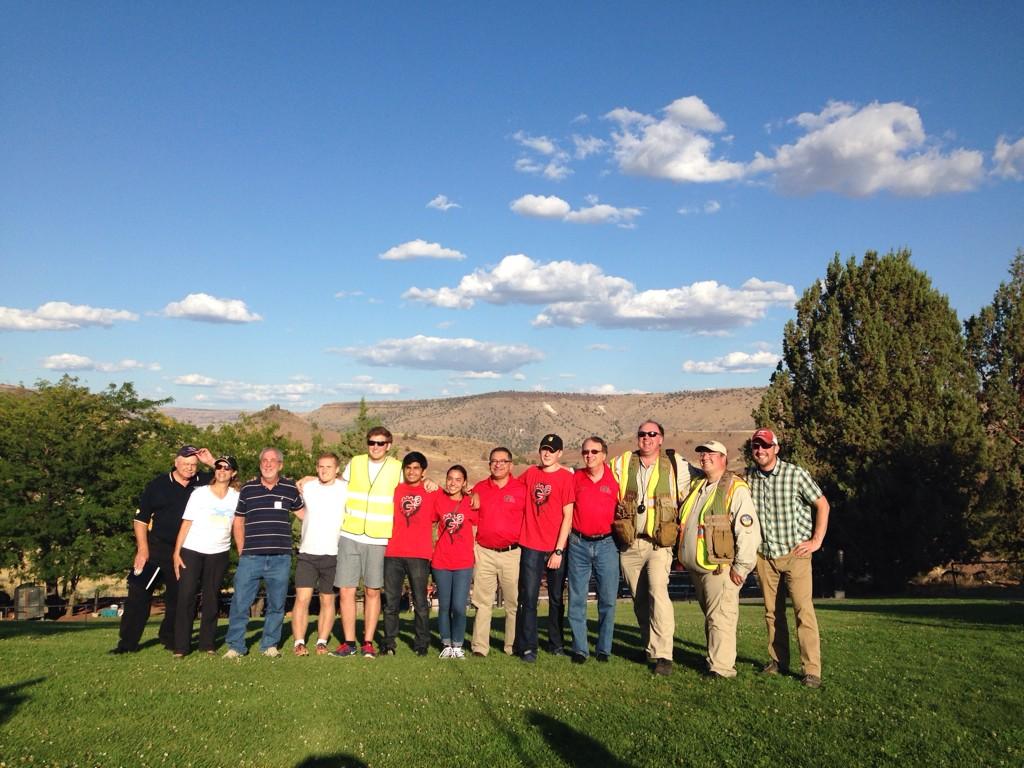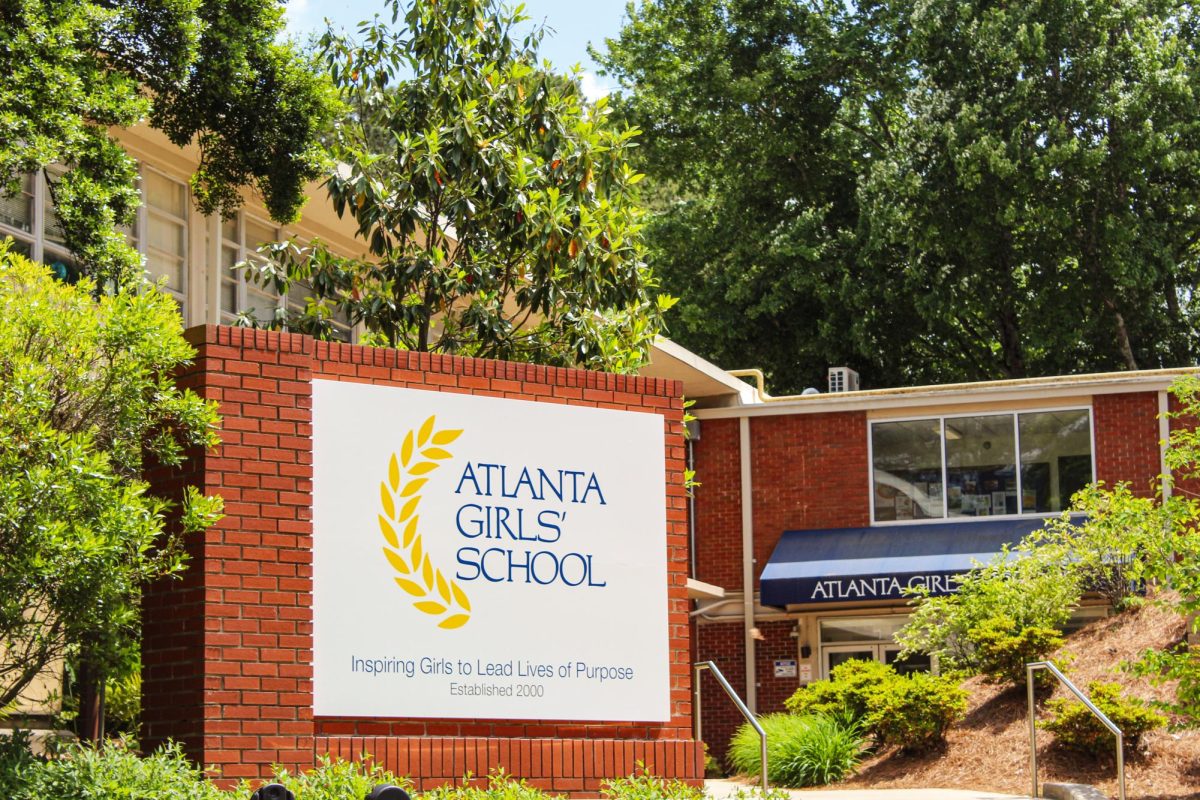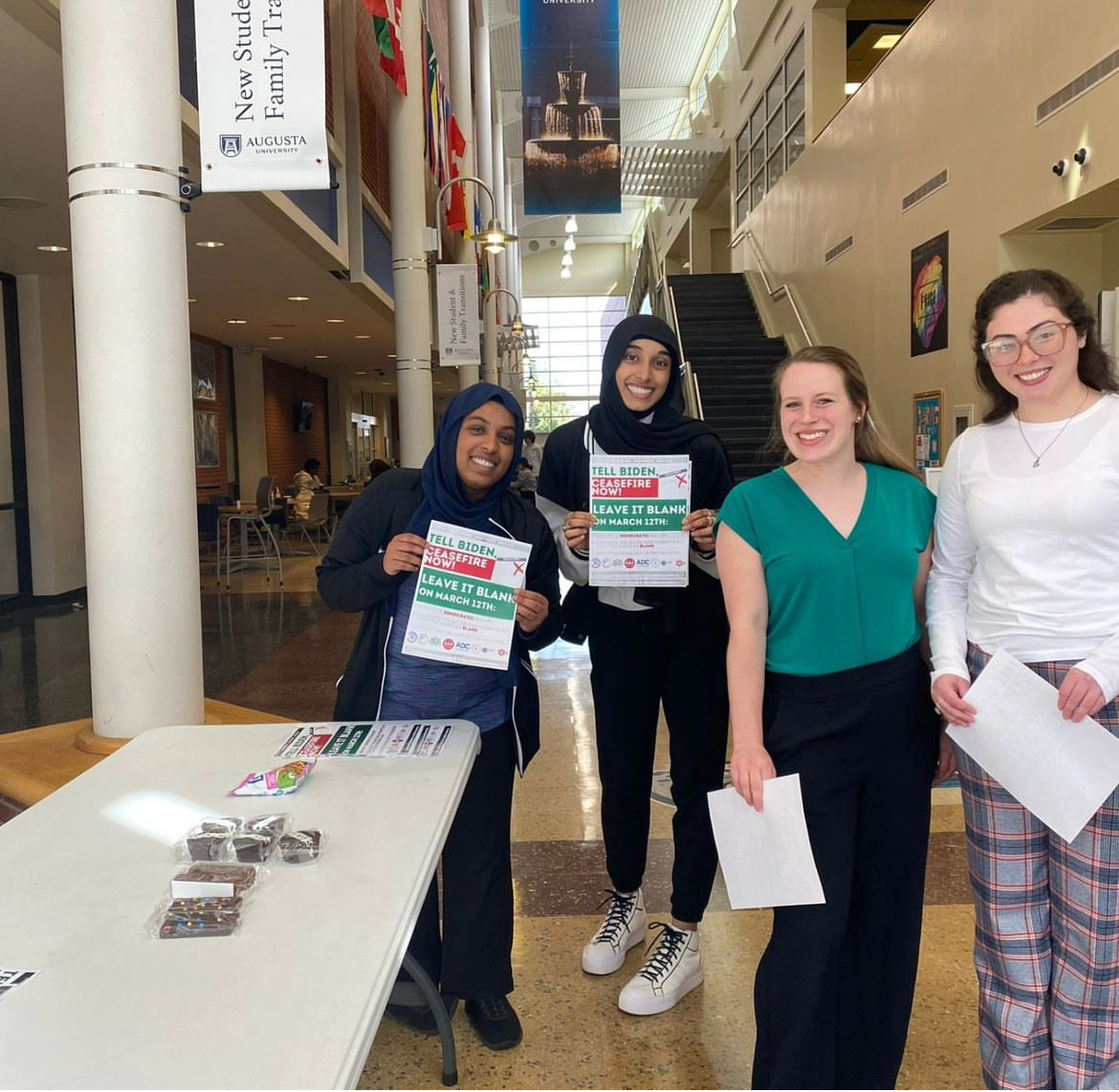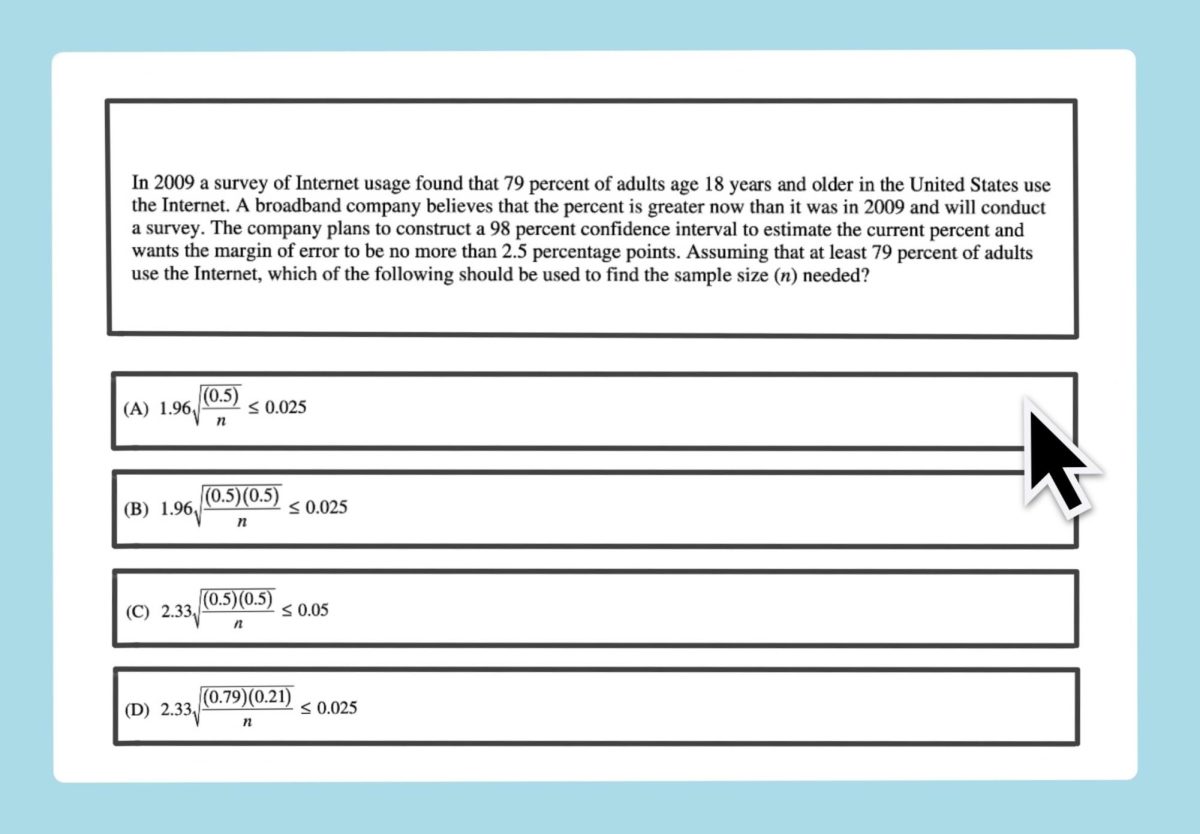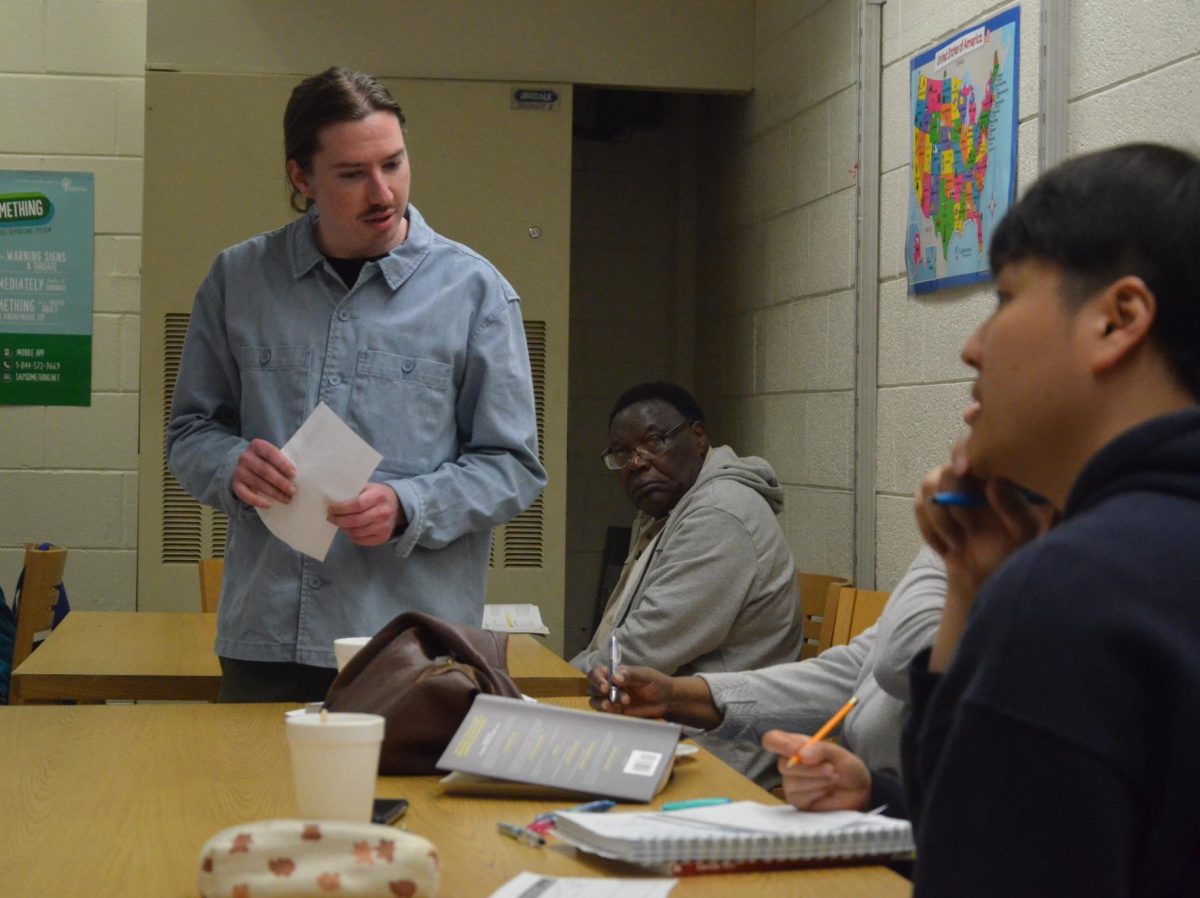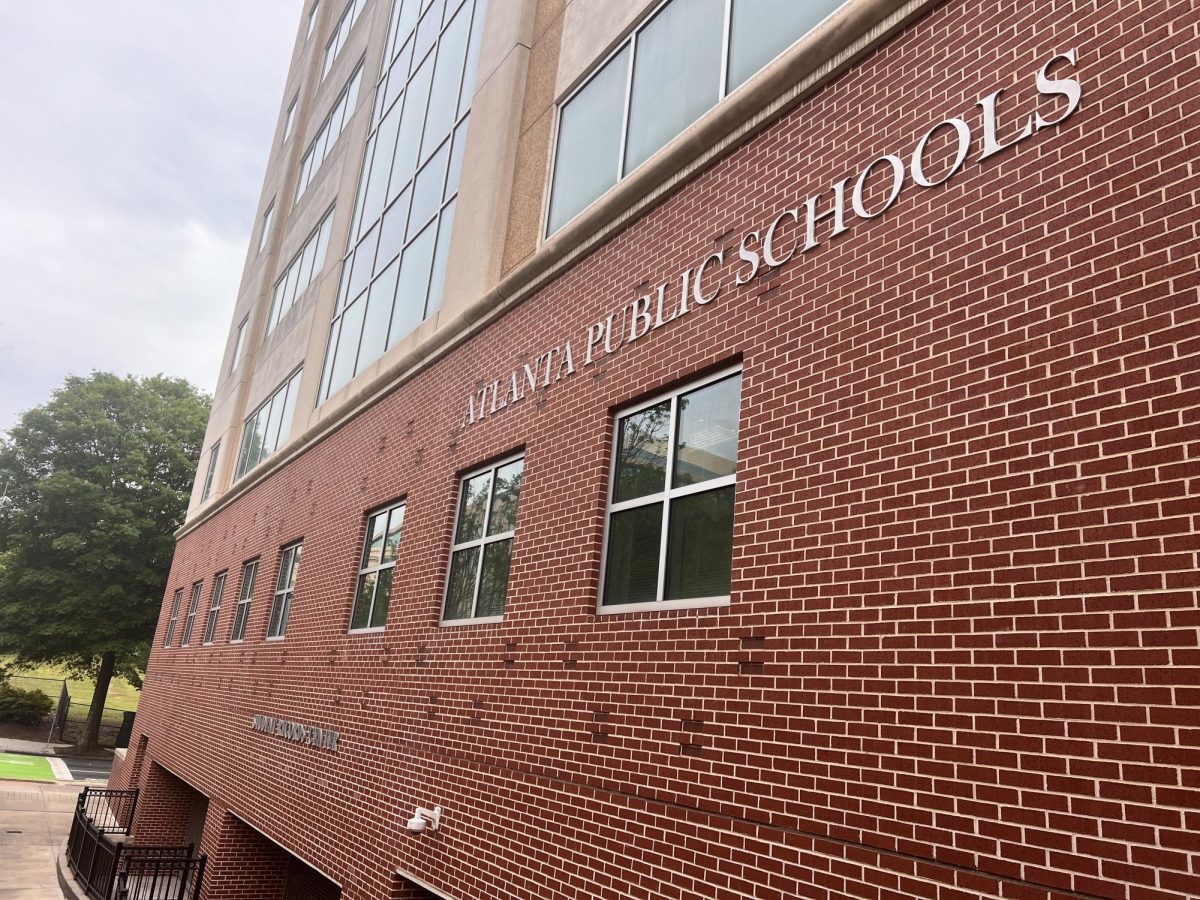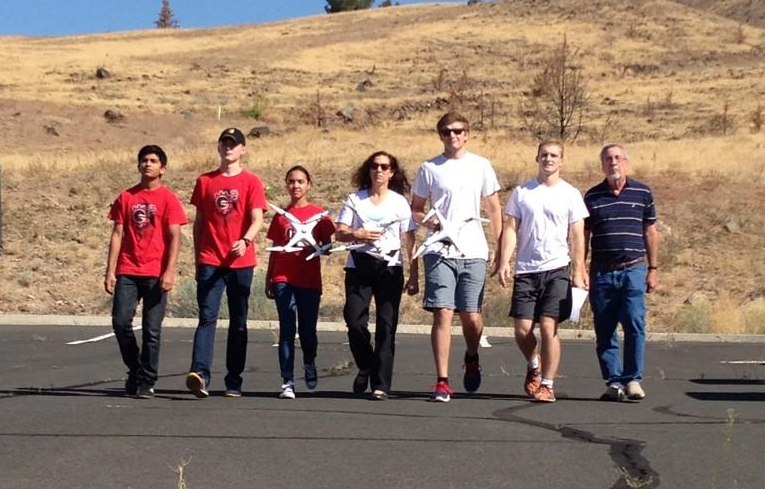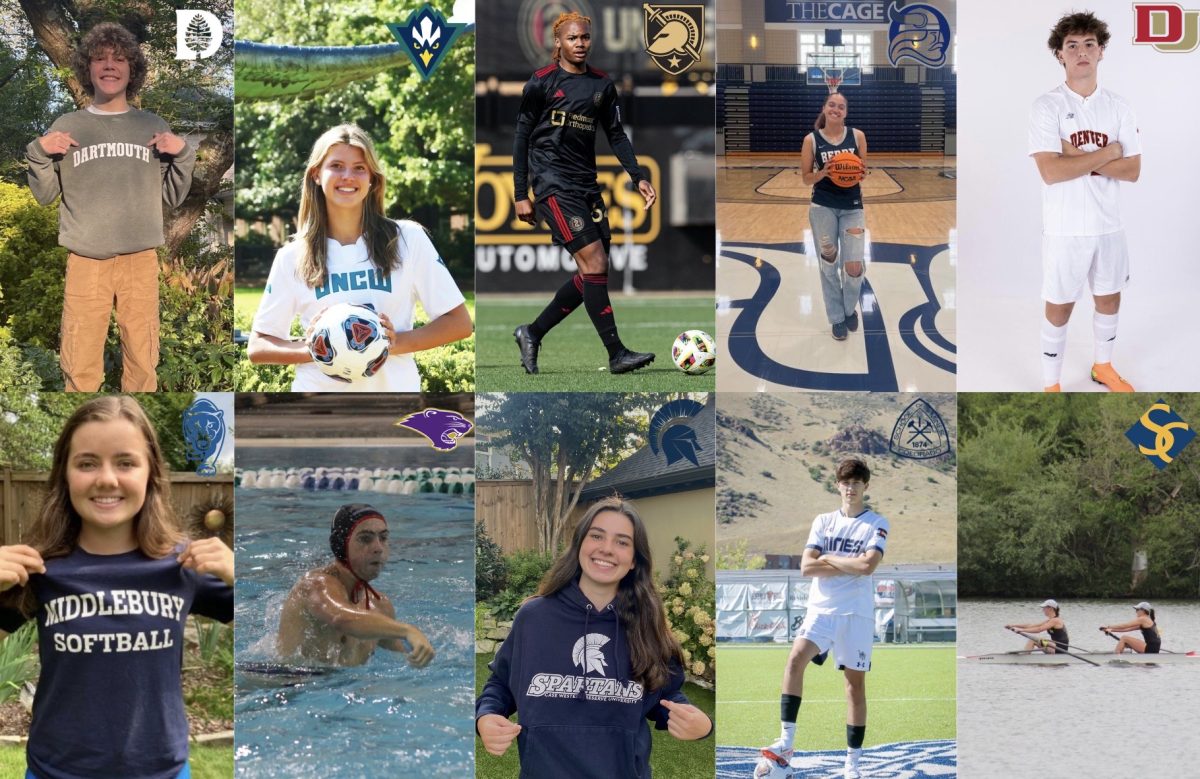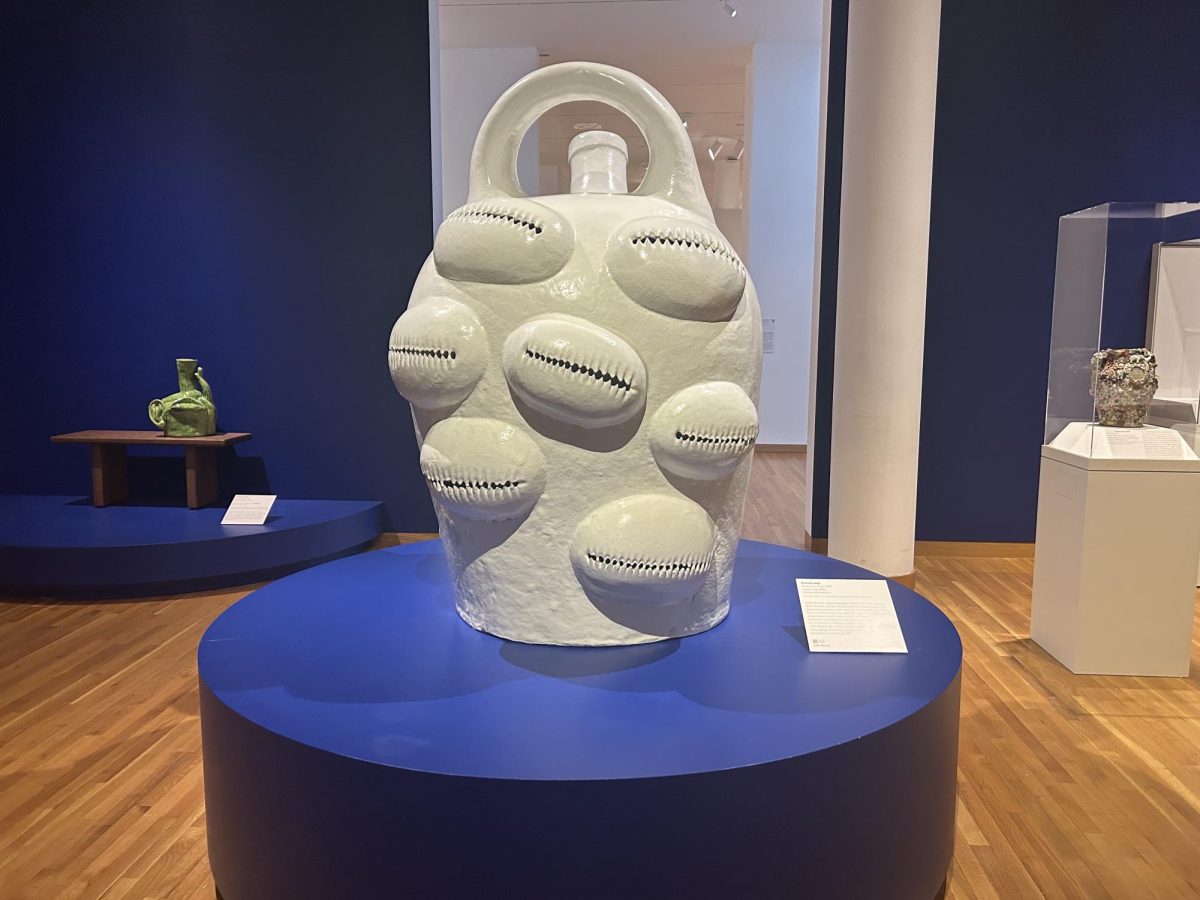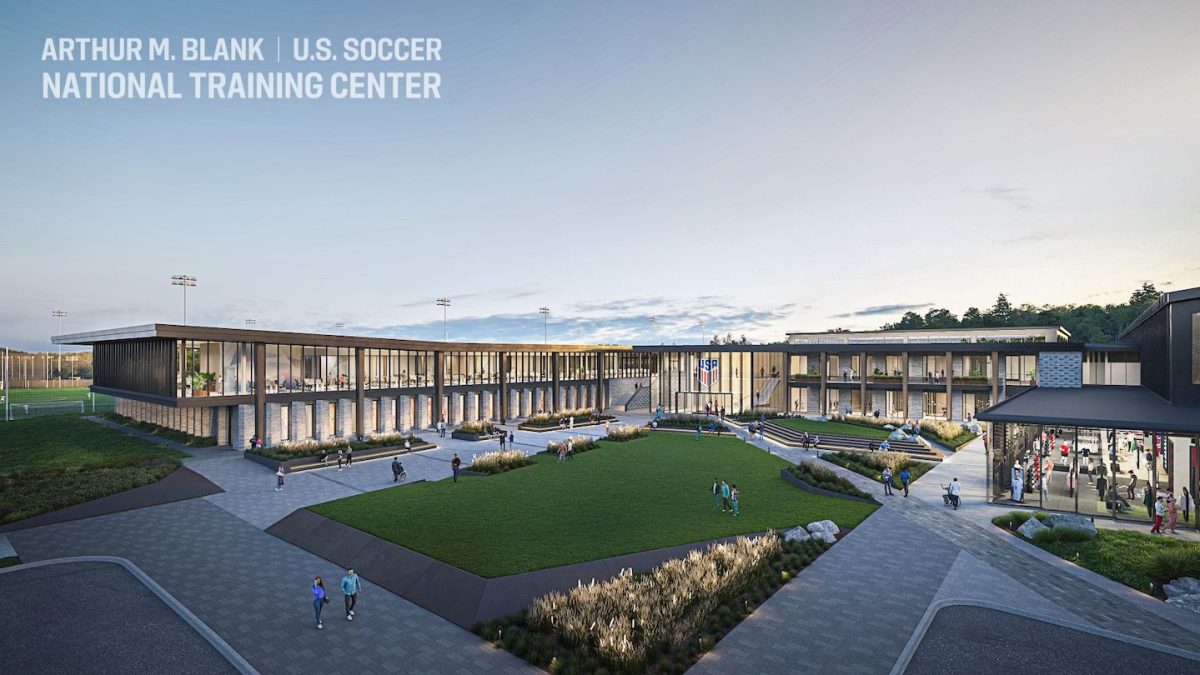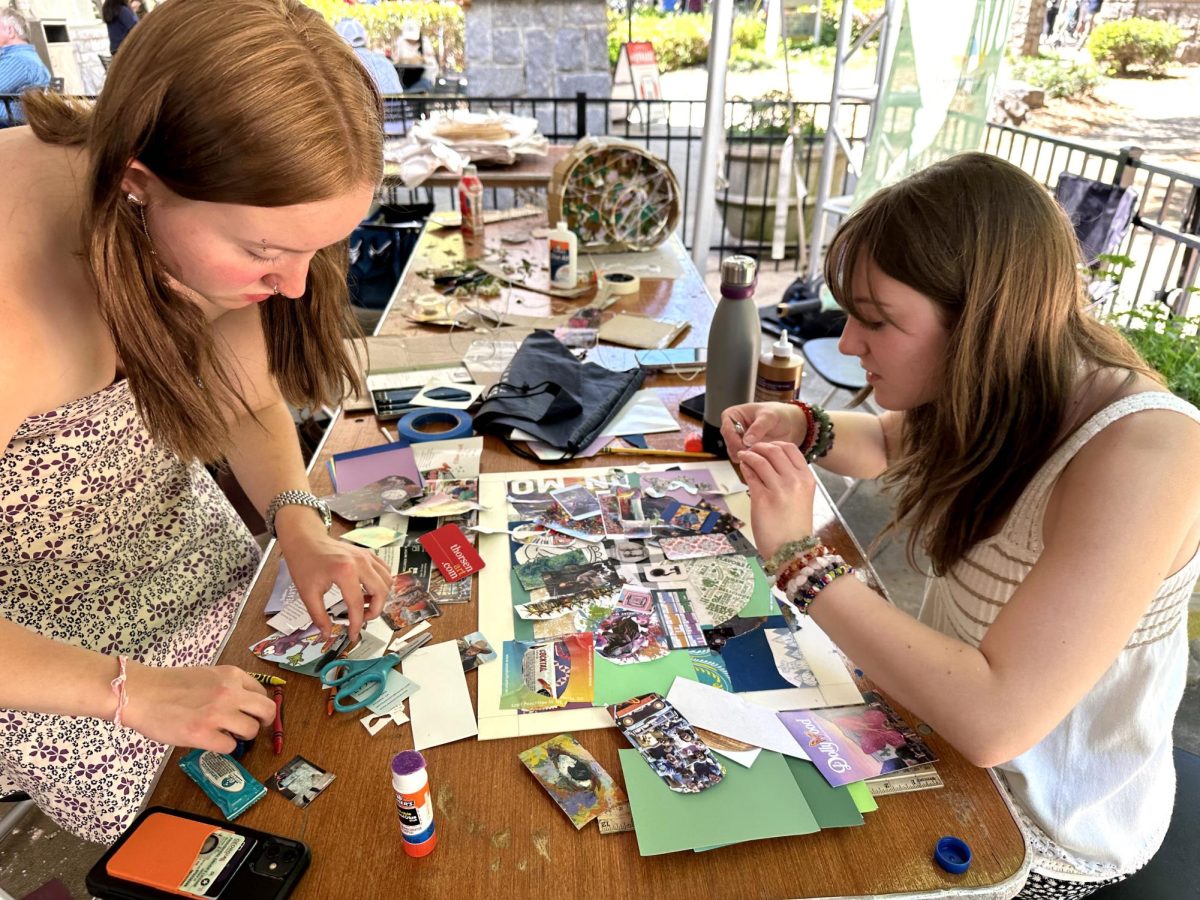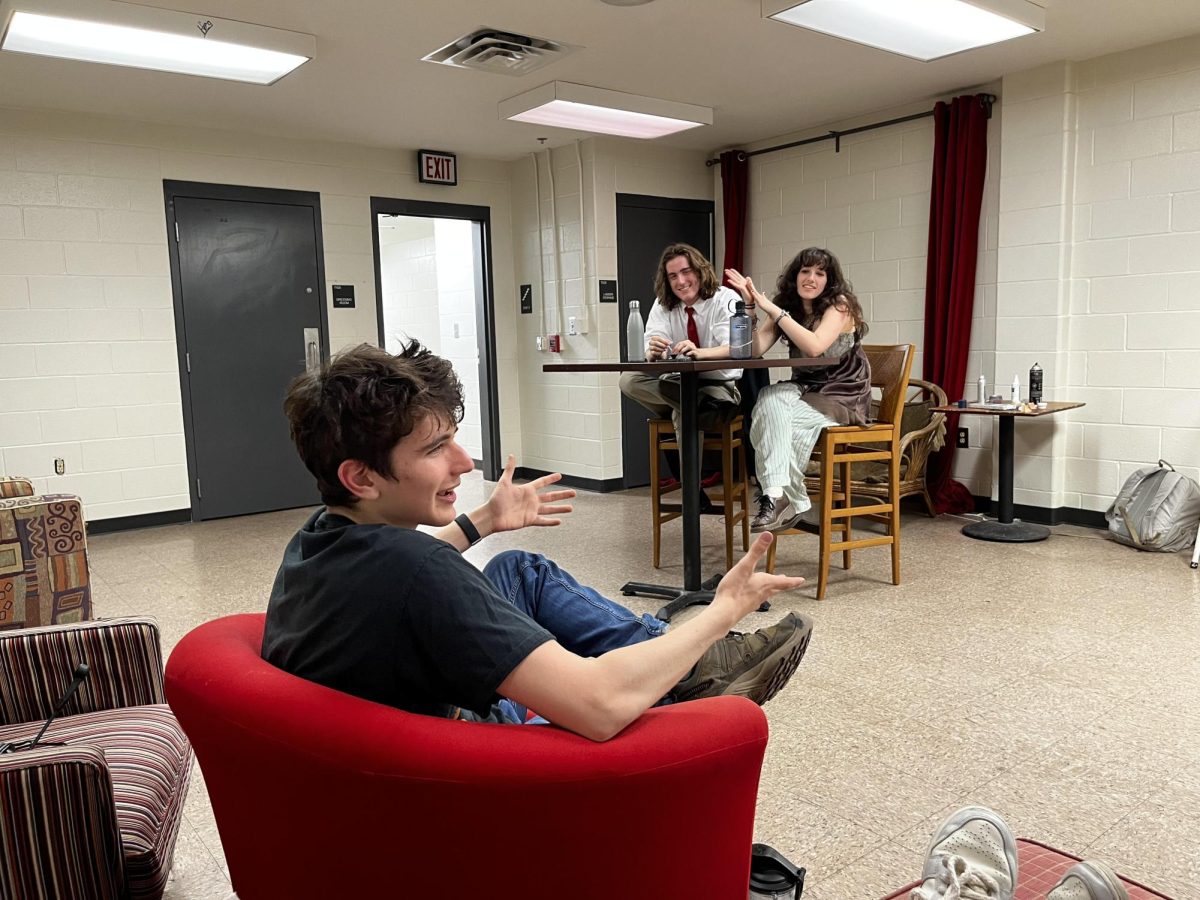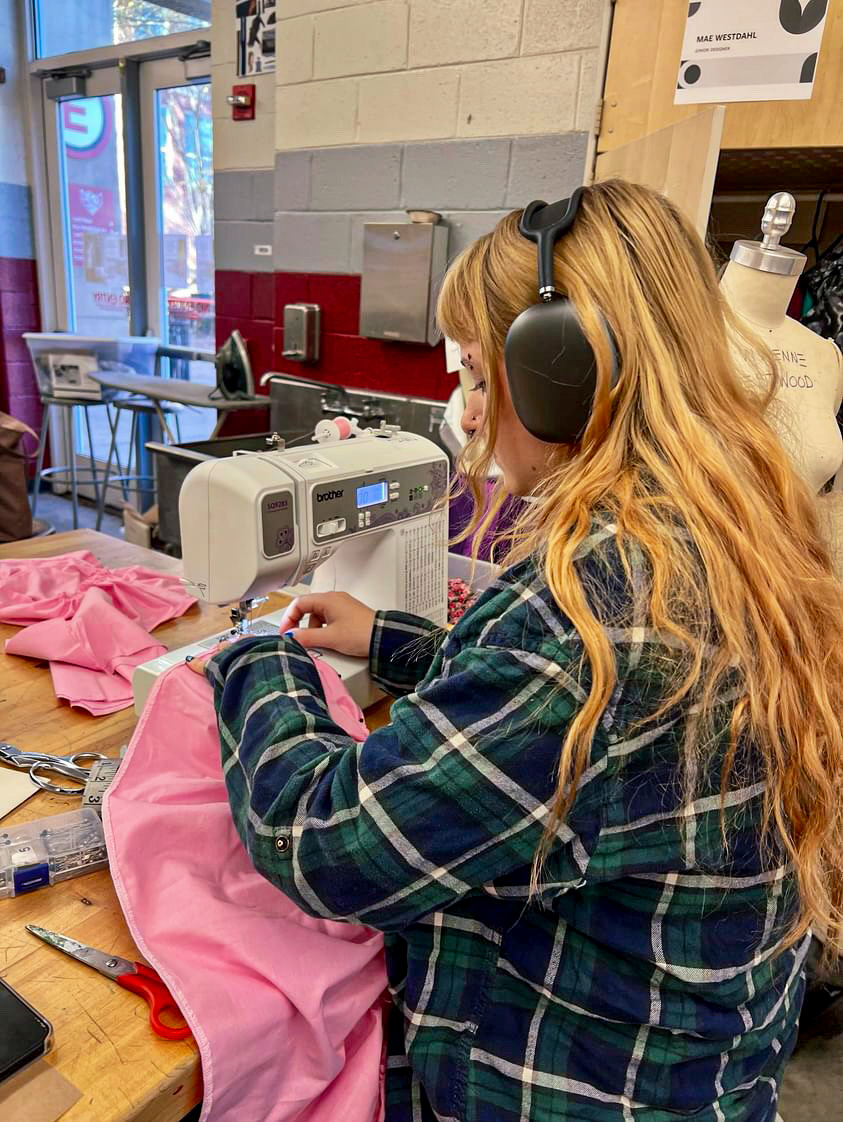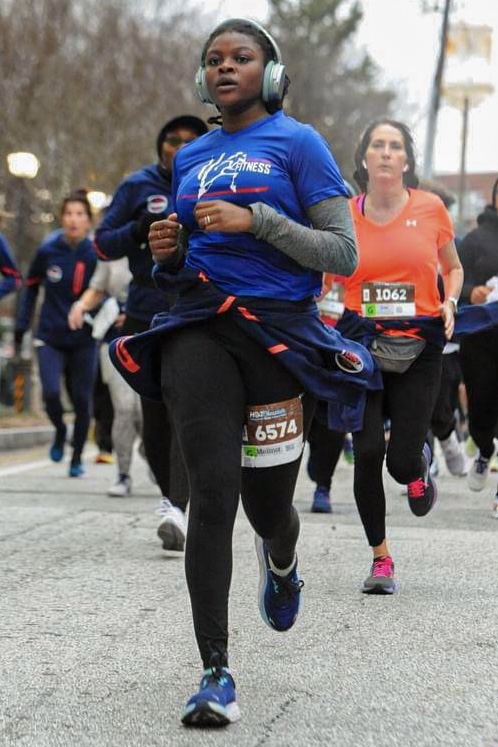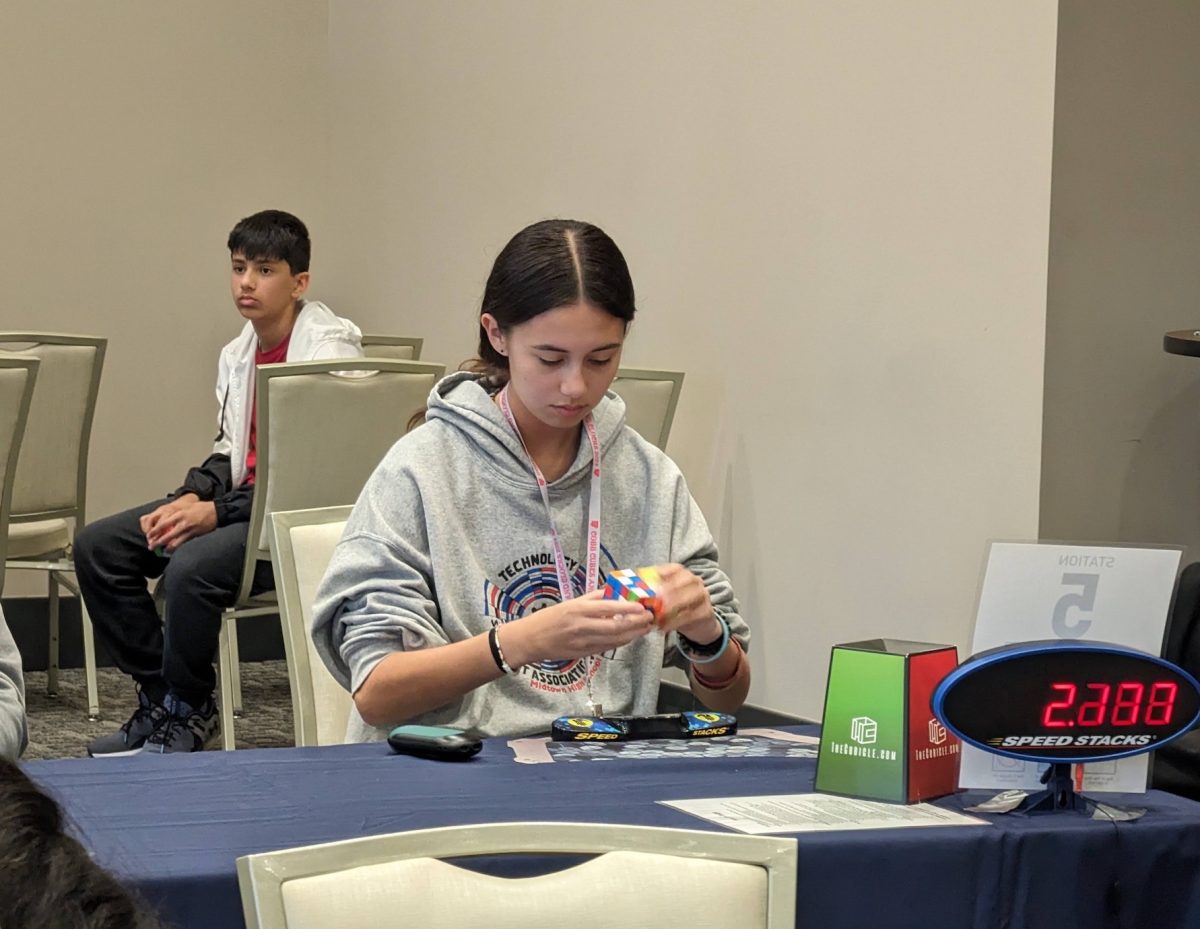
Juniors Isabelle Carson, Gabriel Kupersmith and Sajjad Ali traveled to Portland, Ore. last weekend and returned with a bounty worth more than $3,000. The students were competing in Drone Prize 2014, a contest held from Aug. 22-24, that featured prizes worth a total of $10,000 for entrants who used unmanned aerial vehicles, or UAVs, to help their communities. The Grady robotics team, G3, fielded an impressive UAV team that outlined several ways that officials could use drones to help MARTA. Grady won first and second place respectively in the two parts of the competition, beating out both college and professional teams.
The manufacturing and implementation of UAVs is a rapidly expanding field, influencing many aspects of modern life. UAVs are essentially advanced remote control planes and helicopters, that could be used for anything from Amazon delivery to cheap aerial photography. For the moment, however, UAV flight is in murky legal water, which severely limits its applications. For this reason, the contest was held in Bend, Ore., one of just five FAA free flight zones in the country. Naturally, this makes Bend a hub for drone enthusiasts and organizations. SOAR Oregon, an organization that champions the use of UAVs to help improve local communities, organized the competition. SOAR has already given at least $327,000 in grants to various organizations specializing in drones.
The G3 team started working on the project in early May; however, work picked up dramatically when the team made it to the last round.
“We’ve been working about five hours a day during week days since we got into the finals,” Ali said.
The students were mentored by Gardner Chambliss, a longtime volunteer for the G3 robotics team. Chambliss introduced Carson to the contest, who took on the role of project manager and recruited Ali and Kupersmith to work with her.
The G3 UAV team competed against two other teams for the grand prize. Furman University decided use drones to monitor streetlights, and a team of local Oregon scientists have been using UAVs to study wetlands.
The contest consisted of three parts. The first day was Innovation Day, in which the teams presented their ideas to panels of judges representing business leaders, educators, and drone enthusiasts. On the second day, the teams competed in a five-part flying competition. The final day was reserved for awards and networking.
Before the contest, G3 had only two drones, donated to them by a former member of the robotics team who now works with drones for a company in Germany. The UAVs are of a quadrocopter design, essentially a helicopter with four different rotors. To boost its chances of success in Oregon, the G3 team outfitted the quadrocopters with LEDs, improved bumpers to protect the rotors, and better antennae to improve signal reception.
“Our UAV uses are the most unique and widespread,” Carson explained before the contest. “I think that we can very easily win the People’s Choice Award, because we are the youngest team, yet we do as much or more than the older teams.”
Some of said applications that the G3 team has proposed for use by MARTA include community outreach, tactical response and tunnel sweeping. The team has already attached a foam MARTA bus to one of their drones, which MARTA uses as an eye catching visual aid to reach out to younger students during presentations about safety and transportation.
Future UAV projects could also improve both MARTA’s safety and efficiency, which employs the fourth largest police force in Georgia. One everyday application is the use of these drones to do daily sweeps of the tunnels, which is currently a tedious and costly task. In more extreme situations, heavier drones could be used to move bomb threats away from crowds so that bomb squads could deal with them with greater safety and ease.
Each team member had a specific focus within the project. Ali works for the marketing section of the Robotics team, and he brought commercial expertise with them to Oregon in order to help G3 improve its appeal to judges. Kupersmith works with fabrication, which gave him valuable insight on how to modify the drones the team was using. On top of leading the project, Carson has a focus in programming, which allowed her to write code that allowed the drone to navigate without a human pilot, based on Google Maps waypoints. Despite their different backgrounds, each team member had to cooperate and mix disciplines in order to advance, which they succeeded in doing.
As Carson put it, “[The project] was really a group effort, and we all worked on everything together.”
The cooperation and hard work certainly paid off. On innovation day, the G3 team won over educators, enthusiasts, and business leaders enough to take the People’s Choice Award, a great early victory for the team.
In the flying contest on day two, the Drone Prize required that each team employ an automatic landing procedure as well as at least one spotter and pilot in order to keep everyone safe. For the G3 team, that task fell to Kupersmith, who says he has “paid attention to the aeronautical community since [he] was old enough to walk.” His piloting was good enough to capture second place in the piloting section of the test.
By winning the People’s Choice Award and getting second in the flying contest, the students earned a $3,000 octocopter and valuable recognition. Many of the companies that voted for the contest on Innovation Day later spoke to the team members. These companies included industry titans like Intel and ATI, and smaller groups like Hover Lab, an educational drone company that gives elementary and middle school students drone kits that they can put together and fly.
Future plans for the team include expanding the use of UAVs to get students excited about Science, Technology, Engineering, and Mathematics, or STEM, through the robotics team’s community outreach programs, as well as talking to other businesses and service departments about how UAVs could improve their services. The team is also looking in to potentially building their own quadrocopters, hopefully allowing for greater functionality and customization.
